Step into the hallowed halls of the Metropolitan Museum in New York City, and you’ll find yourself transported back in time to the ancient lands of southwestern Iran, circa 3100 BC. Amidst the countless treasures housed within the museum’s walls, one particular artifact stands out—a magnificent silver kneeling bull, delicately crafted, holding a spouted vessel in its grasp. This relic, steeped in history and shrouded in mystery, offers a tantalizing glimpse into the rich tapestry of ancient civilizations that once thrived in the region. Join me as we embark on a journey to uncover the secrets of this remarkable artifact and explore the world of archaeology that surrounds it.
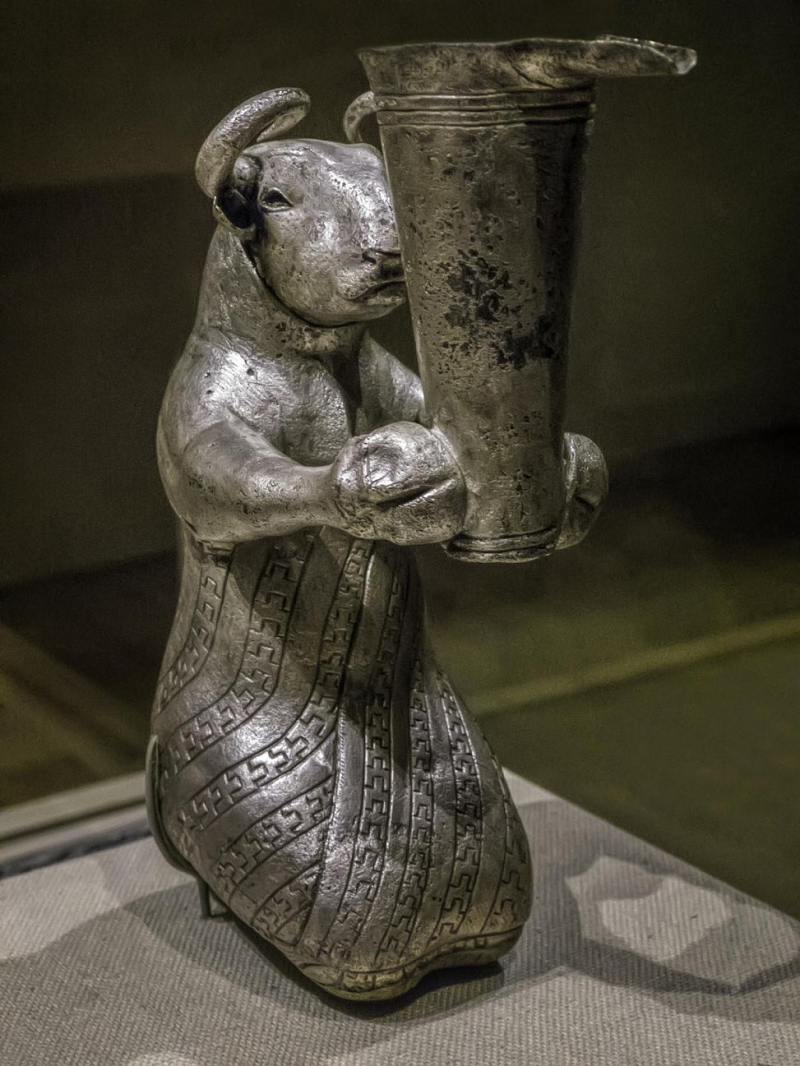
The silver kneeling bull, dating back over five millennia, is a testament to the ingenuity and skill of ancient craftsmen. Standing at just over six inches tall, this intricately detailed figurine captures the essence of a bygone era with remarkable precision. Its form, meticulously rendered in silver, depicts a bull in a kneeling position, its head held high in regal posture. Adorned with ornate patterns and symbols, the bull clasps a spouted vessel—a symbol of ritual significance in ancient Mesopotamian culture.

But what tales does this ancient artifact tell? To unravel its mysteries, we must delve into the annals of history and archaeology. Southwest Iran, the birthplace of this exquisite bull, was once home to the Elamite civilization—a powerful empire that flourished in the third millennium BC. Known for their advanced metallurgical techniques and sophisticated craftsmanship, the Elamites left behind a wealth of artifacts that offer valuable insights into their culture, religion, and daily life.
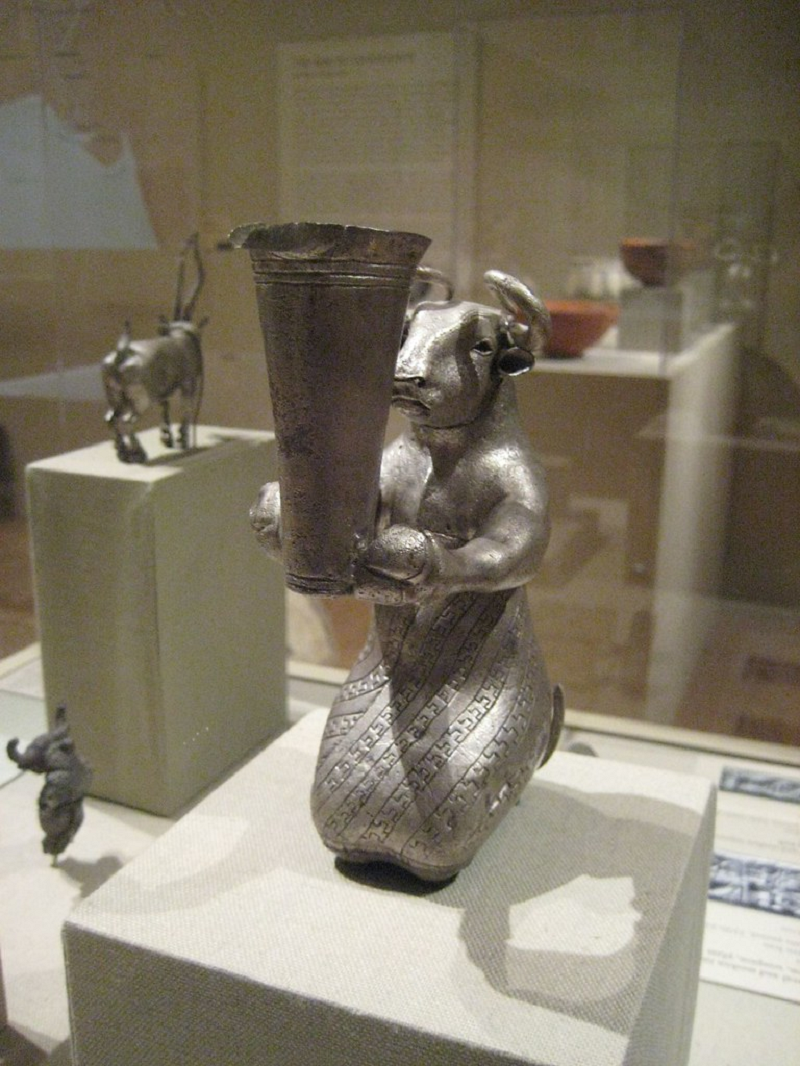
The silver kneeling bull, with its religious connotations and intricate design, likely held significant ceremonial importance in ancient Elamite society. Scholars speculate that it may have been used in religious rituals or as a votive offering to deities, symbolizing fertility, prosperity, or divine protection. The spouted vessel held by the bull suggests a connection to libation rituals—an integral aspect of ancient Mesopotamian religious practices, where liquids such as water, wine, or oil were poured as offerings to the gods.
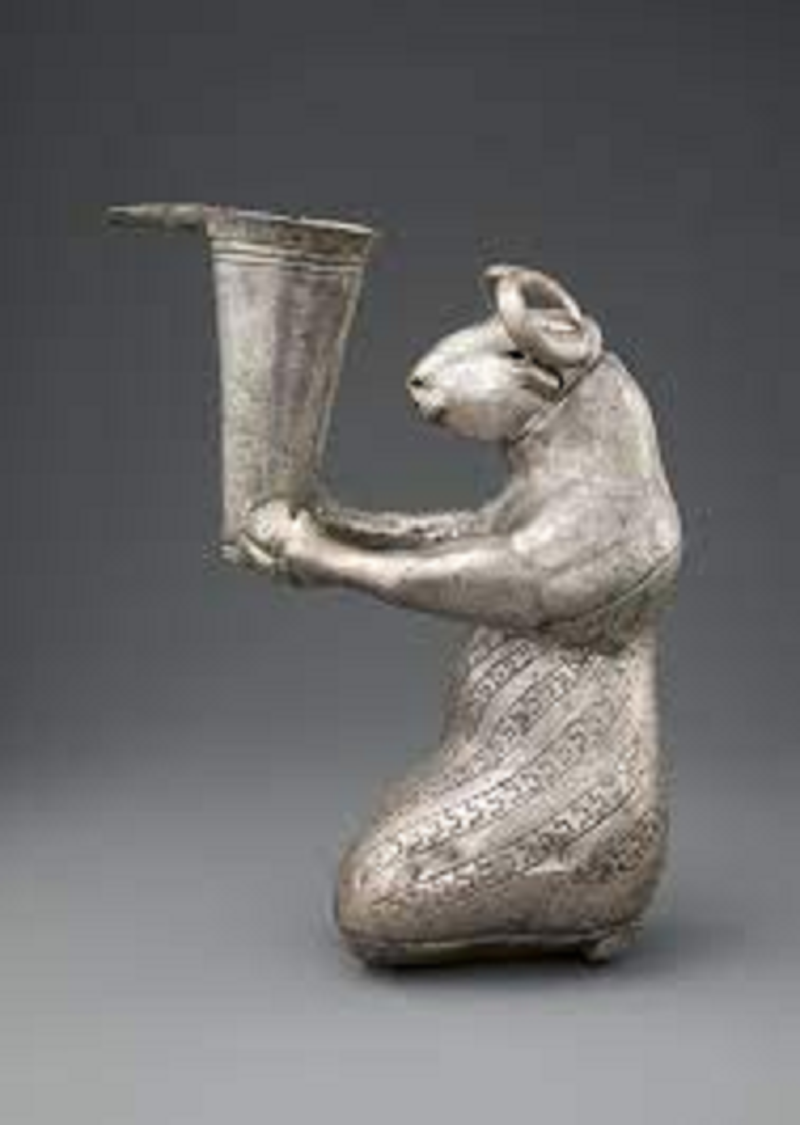
Examining the craftsmanship of the silver bull offers further clues about the technological prowess of its creators. The mastery displayed in its construction— from the intricate detailing of the bull’s musculature to the skillful manipulation of silver— speaks volumes about the advanced metallurgical techniques employed by ancient artisans. This level of sophistication underscores the importance of metalworking in ancient societies and sheds light on the intricate networks of trade and cultural exchange that spanned the ancient world.
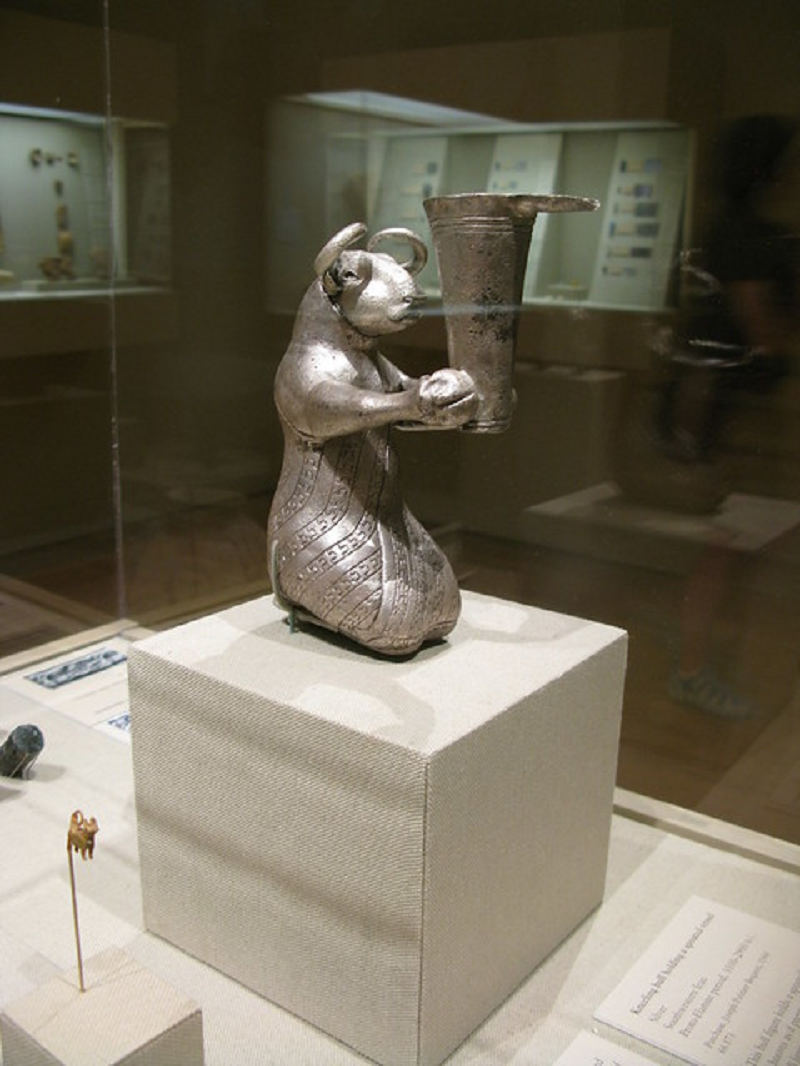
Moreover, the discovery of the silver kneeling bull raises intriguing questions about the cultural interactions and exchange between ancient civilizations. How did this artifact find its way from the heartland of ancient Iran to the bustling metropolis of New York City? The journey of this relic—from its origins in southwestern Iran to its current residence in the Metropolitan Museum—mirrors the long and complex history of human migration, trade, and conquest that have shaped our world.
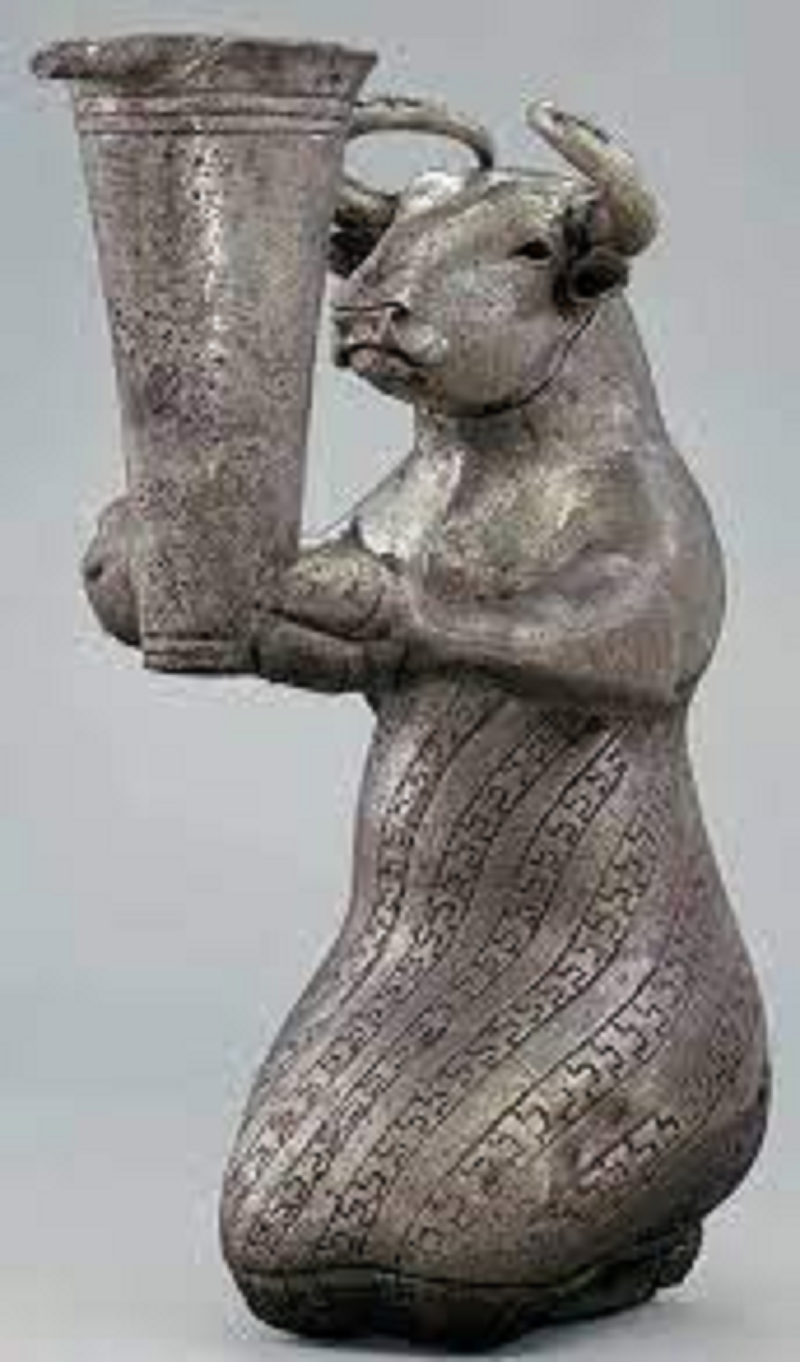
Conclusion
As we bid farewell to the silver kneeling bull, we are left with a profound sense of awe and wonder at the ingenuity of our ancient ancestors. Through artifacts like this, we glimpse a world long vanished, yet still echoing in the corridors of time. The story of the silver bull is not just a tale of a bygone era but a reminder of the enduring legacy of human creativity and innovation. As we continue to unravel the mysteries of our past, may we remain ever-curious explorers, seeking to uncover the secrets of civilizations long forgotten.


